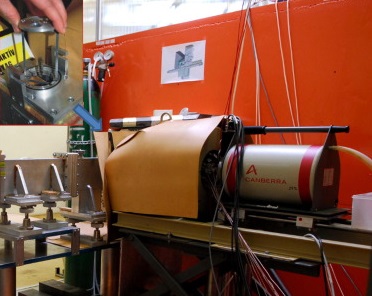User group leader: Daniela Stan
http://www.nipne.ro/
Venue: BNC, Hungary
The project intended to determine the composition – major, minor and traces elements – of mineral pigments from some ceramic objects of various production and from some glass items excavated by Romanian archaeologists from different archaeological sites in Dobroudja, especially Piua Petrii, a very important commercial settlement on Danube at the border between Ottoman Empire and Romanian Principalities (Walachia and Moldavia) using Prompt Gamma Activation Analysis (PGAA) at Budapest Reactor and external milli-PIXE to cover as much as possible from the Table of Chemical Elements. We focused on Iznik-type ceramics shards (Iznik was a famous centre in Anatolia producing a blue ceramics influenced by Chinese Ming blue porcelain) and on some fragments of colored – sometimes also painted – fragments of glass bracelets.
We started analyzing 20 small shards from various ceramic vessels focusing on the determination of mineral pigments used to color them. We identified cobalt for blue color (nickel and arsenic traces),
manganese for brown-black color (mixed with iron), copper for green color, chromium for yellow color. Lead from the glaze was also identified. We continued the analysis with 30 small fragments of glass bracelets – some of them painted – identifying practically the same pigments-colorants as from ceramics: cobalt for blue color, copper for green color, manganese for black color, but also lead and tin for yellow color. As for painting pigments, a surprise was the presence of gold and silver powder on few bracelets. PGAA analysis was parallelly performed to identify light elements as sodium, magnesium, aluminum, silicon, potassium, calcium which are very important to know the technology used for glass production. For example, the predominance of sodium means the use of the flux of Natron (a sodium mineral with Egyptian provenance), the predominance of potassium meaning the use of wood ash rich in potash. Traces of rare-earths as Gadolinium, Caesium or Cerium could indicate the provenance of the sand – silica – used to produce the glass.
The results of this experiment will be processed and presented next year in June at the European X-Ray Spectrometry (EXRS) Conference in Ljubljana.

